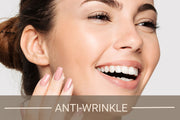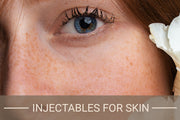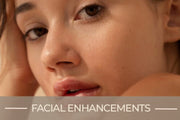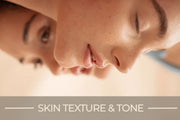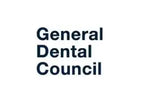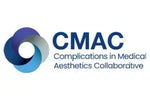Does Hyaluronic Acid Make Botox Wear Off Faster?
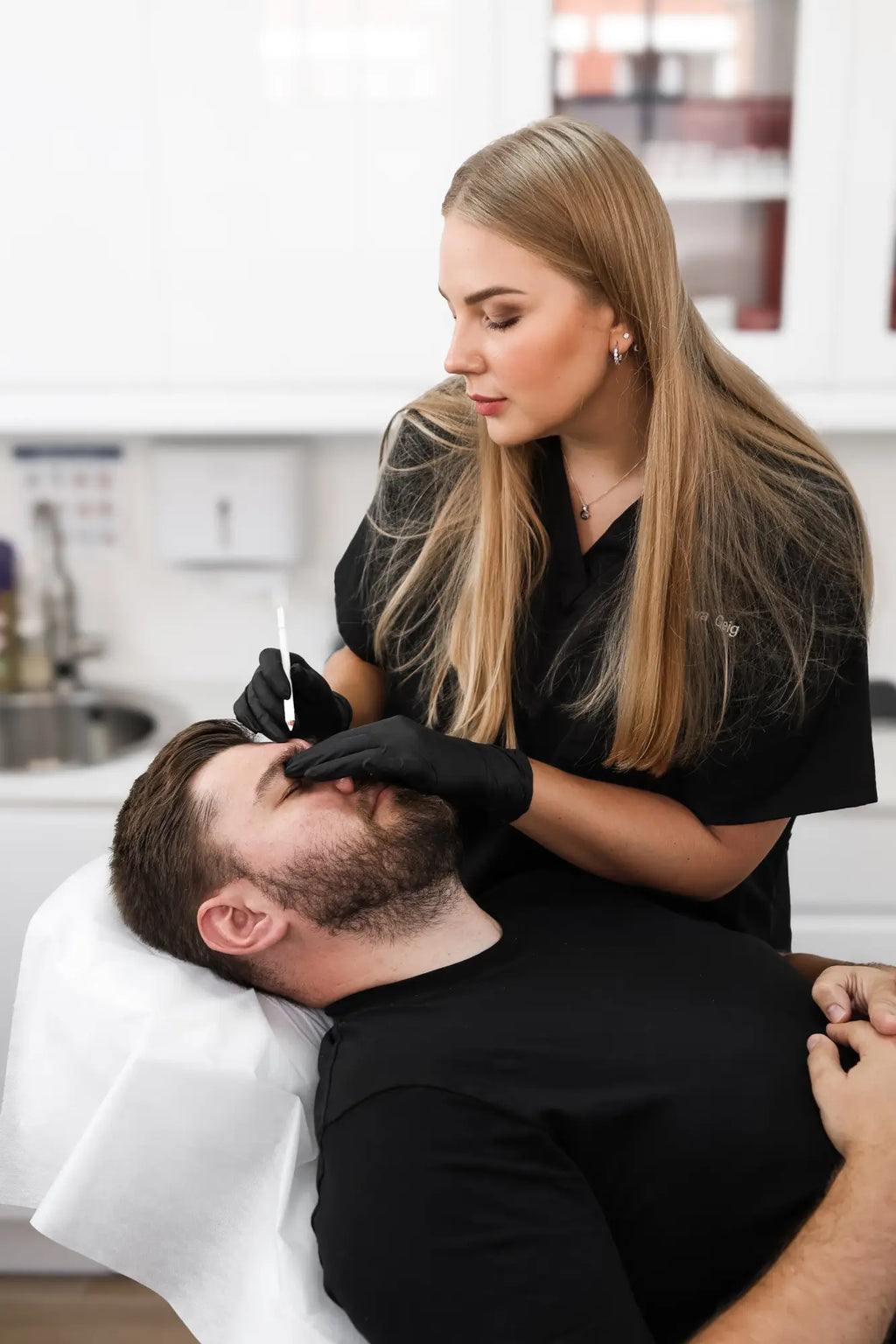
Content Verification



🔑 Quick Summary 🔑
- 💉 Does Hyaluronic Acid Affect Botox? – Not at all! They actually make a great skincare duo. 💪
- 💦 Hydration Hero: Hyaluronic acid helps keep your skin plump and fresh.
- ⏰ Timing Matters: Use hyaluronic acid *after* Botox for the best glow. ✨
- 🚫 Be Gentle: Avoid rubbing or massaging your face straight after Botox treatments.
💡 Key Advice & Tips from Our Experts 🌟
Our skincare pros have spilled the tea! ☕✨ Here’s what you need to know:
- 💆♀️ Hydrate Daily: Apply hyaluronic acid morning and night for long-lasting moisture.
- 🚫 Go Fragrance-Free: Gentle, fragrance-free products work best post-Botox.
- ☀️ SPF is Your BFF: Protect your skin with SPF every single day – no excuses!
- 👏 Pat, Don’t Rub: Be gentle with your skincare routine to avoid disrupting your Botox results.
Botox Treatments have become a trusted solution for reducing wrinkles and achieving a youthful appearance. In the UK, Botox Anti Wrinkle Injections are widely used to smooth fine lines and prevent deeper wrinkles. Many patients also incorporate advanced skincare ingredients like hyaluronic acid to maintain skin hydration and elasticity. However, some worry that using hyaluronic acid could make Botox wear off faster.
This article explores whether hyaluronic acid affects the longevity of Botox for wrinkles, with insights from medical experts. By the end, you’ll have a clear understanding of how Botox Anti-Ageing Treatments work and whether your skincare routine impacts results. If you're considering Botox Treatments in London, this guide will help you make informed decisions for lasting, effective results.
Understanding Botox Injections and Their Mechanism
Botox Injections are commonly used in Anti-Wrinkle Treatments to help reduce the appearance of fine lines and wrinkles. The treatment involves injecting a purified protein into specific facial muscles, temporarily relaxing them. This process softens dynamic wrinkles caused by repetitive facial expressions, creating a smoother appearance.
The effects of Botox Anti-Ageing Treatments typically become visible within a few days, with full results appearing after two weeks. On average, the effects last between three to four months, but this varies based on individual factors. As muscle activity gradually returns, wrinkles may begin to reappear, requiring follow-up Botox Treatments.
Several factors influence how long Botox for wrinkles lasts, including metabolism, muscle strength, and lifestyle choices. Dr. Snieguole Geige, a Medical Doctor from It’s Me & You Clinic, explains: “The longevity of Botox Anti Wrinkle Injections depends on multiple factors, including the dosage, treatment area, and individual response. Some patients may notice their results lasting longer due to lower muscle activity, while others may require more frequent treatments.”
Other contributing factors include skincare routines, hydration levels, and sun exposure. Patients undergoing Botox Treatments in London are often advised to follow tailored post-treatment care to maintain their results for as long as possible.
Hyaluronic Acid: What Is It and How Does It Work?
Hyaluronic acid is a naturally occurring substance in the body that plays a key role in maintaining skin hydration. It is a powerful humectant, meaning it attracts and retains moisture, helping the skin appear plump and smooth. Many skincare products and treatments use hyaluronic acid to improve skin texture and elasticity.
One of its primary functions is to enhance hydration by binding water molecules to the skin. This makes it a common ingredient in serums, creams, and dermal fillers. Beyond skincare, hyaluronic acid is also used in medical treatments to support joint lubrication and wound healing. In aesthetic medicine, hyaluronic acid-based fillers are often combined with Botox Anti Wrinkle Injections to enhance facial volume while smoothing dynamic wrinkles.
Dr. Giedre Narkiene, a dermatologist, explains: “Hyaluronic acid is essential for maintaining skin health as it improves hydration and elasticity. When applied topically, it works on the surface, enhancing moisture retention. Injectable hyaluronic acid, such as dermal fillers, targets deeper layers, restoring lost volume and structure.”
Unlike Botox for wrinkles, which relaxes muscles, hyaluronic acid works by replenishing hydration and supporting skin structure. It does not interfere with the mechanism of Botox Treatments, making it safe for combined use in Anti-Wrinkle Treatments.
Does Hyaluronic Acid Make Botox Wear Off Faster?
Many people wonder whether using hyaluronic acid can reduce the longevity of Botox Treatments. Since both are widely used in Anti-Wrinkle Treatments, concerns about potential interactions have emerged. However, scientific evidence shows that hyaluronic acid does not break down Botox or cause it to wear off faster. The two substances work through entirely different mechanisms in the skin.
Botox Anti Wrinkle Injections target muscle activity by temporarily relaxing the muscles responsible for dynamic wrinkles. In contrast, hyaluronic acid primarily affects skin hydration and volume, without influencing muscle function. Topical hyaluronic acid, commonly found in skincare products, does not penetrate deeply enough to interfere with Botox for wrinkles. Injectable hyaluronic acid fillers are also placed in a different skin layer, making them compatible with Botox Anti-Ageing Treatments.
Dr. Giedre Narkiene clarifies: “There is no evidence to suggest that hyaluronic acid affects the longevity of Botox Treatments. Botox and hyaluronic acid fillers target different concerns—one relaxes muscles, while the other enhances hydration and volume. Patients can safely use hyaluronic acid in their skincare routine after Botox Injections.”
Factors such as metabolism, muscle strength, and lifestyle choices have a far greater impact on Botox longevity than hyaluronic acid. Patients undergoing Botox Treatments in London can continue using hyaluronic acid-based products without concern. Proper post-treatment care and maintenance, including hydration and sun protection, can further support long-lasting results.
Hyaluronic Acid Fillers vs. Botox Anti Wrinkle Injections
Hyaluronic acid-based dermal fillers and Botox Injections serve different purposes in aesthetic treatments. While Botox Anti Wrinkle Injections work by relaxing facial muscles to reduce dynamic wrinkles, dermal fillers add volume and hydration to specific areas of the face. Fillers are often used to enhance facial contours, smooth static wrinkles, and restore lost volume due to ageing.
Many patients opt for a combination of Botox Treatments and hyaluronic acid fillers to achieve a more balanced, youthful appearance. Botox for wrinkles addresses expression lines, while fillers plump areas such as the cheeks, lips, and under-eye hollows. This combined approach can create a smoother, more lifted effect while maintaining natural facial expressions.
Dr. Laura Geige, Medical Director, explains: “Botox and hyaluronic acid fillers complement each other rather than interfere. Botox reduces muscle activity responsible for wrinkles, while fillers restore volume and hydration. When used together, they provide a more comprehensive anti-ageing solution tailored to the patient’s needs.”
The key to effective results lies in precise placement and expert technique. Patients seeking Botox Treatments in London should consult an experienced practitioner to determine the best approach for their aesthetic goals. Both treatments can be safely combined when administered correctly, enhancing overall facial harmony.
How to Prolong the Effects of Botox for Wrinkles
While Botox Anti-Ageing Treatments naturally wear off over time, certain factors can help extend their longevity. Proper post-treatment care, a healthy lifestyle, and a consistent skincare routine play a key role in maintaining results. Patients can take simple steps to maximise the duration of their Botox Injections.
Hydration is essential, as well-moisturised skin supports overall skin health. Avoiding excessive sun exposure, smoking, and high-stress levels can also prevent premature breakdown of Botox for wrinkles. Regular follow-up treatments help maintain consistent results without allowing full muscle movement to return.
Dr. Snieguole Geige advises: “Patients should follow aftercare instructions carefully, including avoiding strenuous exercise and excessive facial movement for the first 24 hours. A well-balanced skincare routine with hydration and sun protection also helps maintain the effects of Botox Treatments for longer.”
Additionally, minimising alcohol and caffeine intake, getting enough sleep, and managing stress can contribute to longer-lasting results. Patients considering Botox Treatments in London should consult their practitioner for personalised aftercare recommendations based on their skin type and lifestyle.
The Bottom Line
Botox Anti Wrinkle Injections and hyaluronic acid serve different functions in skincare and aesthetic treatments. Scientific evidence confirms that hyaluronic acid does not make Botox wear off faster, whether used topically or as a dermal filler. Patients undergoing Botox Treatments in London can confidently include hyaluronic acid in their skincare routine. For the best results, proper aftercare and lifestyle choices are essential. Consulting an experienced practitioner ensures safe, personalised treatment for long-lasting Botox for wrinkles results.
Medical Disclaimer
This article is for informational purposes only and does not constitute medical advice. Botox Treatments and Anti-Wrinkle Treatments should only be performed by qualified professionals. Always consult a licensed medical practitioner before undergoing any aesthetic treatment to ensure it is safe and suitable for you.

